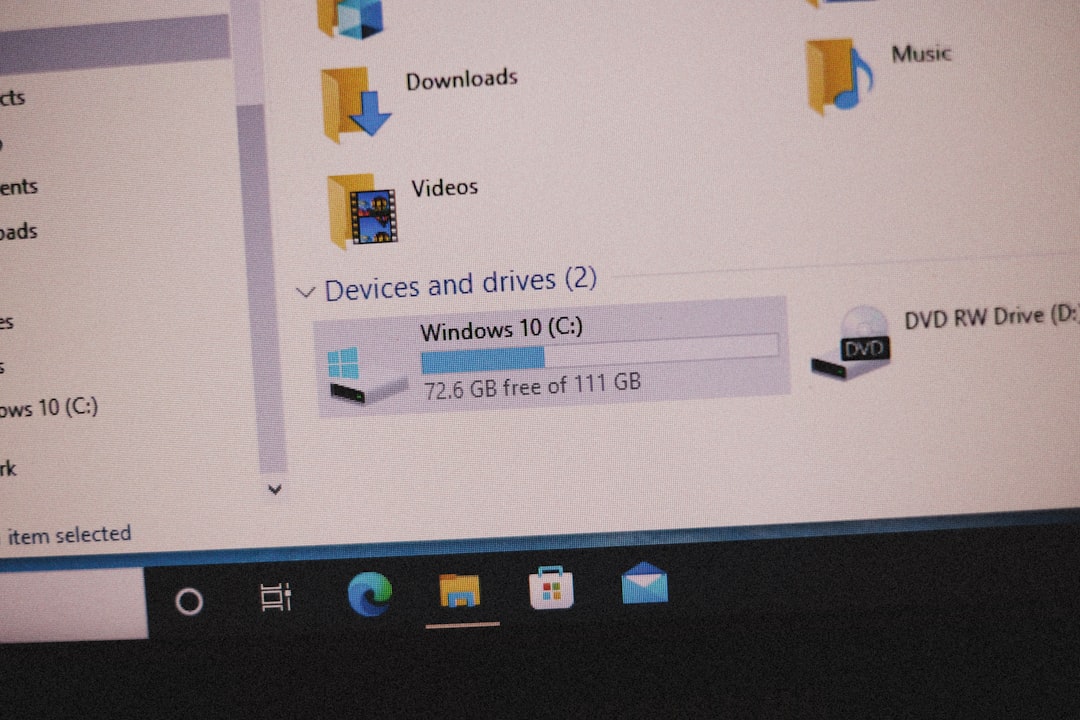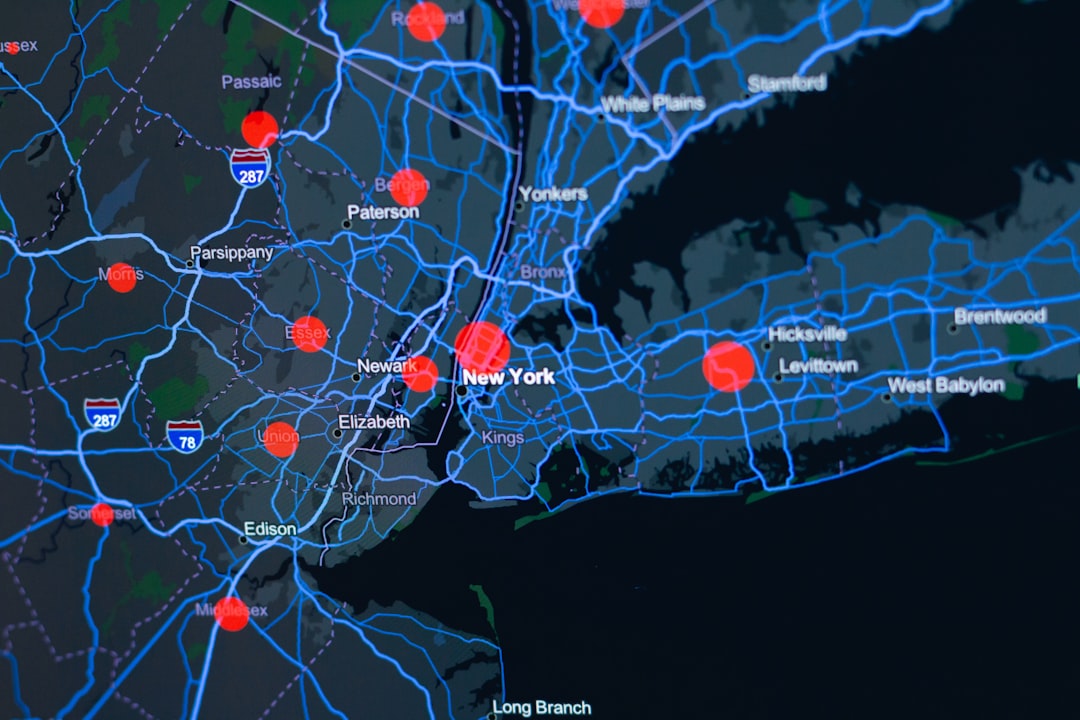In the ever-evolving world of software development, entrepreneurs and indie developers continually seek ways to create innovative products with minimal effort but significant value. One emerging trend is that of Micro-SaaS—small, focused software as a service applications, often built by a solo founder or a very small team. These platforms don’t aim to scale to millions of users but serve niche problems with precision and profitability.
Among the exciting sources for Micro-SaaS inspiration are public datasets. These data troves—collected by governments, institutions, and independent researchers—are increasingly accessible and open to creative repurposing. A novel way of leveraging them is building a Random Website Generator powered by these datasets. This approach combines automation, data mining, and web design to deliver unique, often quirky, but surprisingly useful niches for users exploring the web.
What is a Random Website Generator?
A Random Website Generator is a web-based tool that creates and serves up completely unique websites based on randomized or algorithmically generated input. Instead of manually designing each webpage, these generators combine templates, content, and data to auto-create websites on a given theme or topic. When integrated with public data, this concept becomes not only more powerful but practical.
Imagine this: click a button, and instantly you’re presented with a beautifully designed webpage showing all unusual weather patterns in a specific region for the past decade, or a detailed account of famous unsolved crimes, or a curated list of rare bird species fact sheets—all derived from real, open datasets.

How Public Datasets Fuel the Generator
Public datasets are readily available from sources like:
- Data.gov (U.S. government)
- OpenStreetMap (crowdsourced geographical data)
- The World Bank, WHO, and IMF
- Scientific data repositories
- Public domain text libraries like Project Gutenberg
These datasets span a range of fields—environment, economics, public health, agriculture, law enforcement, education, and much more. The data is often machine-readable and structured in formats like CSV, JSON, or XML, which makes them ideal for integration into a dynamic content generator.
Building a Micro-SaaS Based on It
For entrepreneurs, this presents an exciting Micro-SaaS opportunity. You don’t need to come up with new content; the world has already collected it. Your value lies in how you present the information. Here’s a look at how to build such a platform:
1. Define Your Niche
Start with an idea derived from curiosity or trending public interests. Examples:
- Quirky historical facts in different cities
- Unusual foods by country
- Top crime rates by city in a storytelling format
- Explore startup funding data by region
The point is to not go too broad. Micro-SaaS works best when focused.
2. Gather and Clean the Data
Pull data from public sources and clean it using scripts. Python with Pandas is commonly used for this. Cleaned data ensures accurate and usable content generation.
3. Develop Generation Templates
Create HTML/CSS templates with placeholders where data will be dynamically injected. This ensures consistency while maintaining unique content per instance.
4. Build a Generator Engine
Write a backend engine that selects random data snippets, merges them with a corresponding template, and hosts the result as a unique page or downloadable mini-website.
5. Add Features to Monetize
Once your prototype generates beautifully designed and informative websites, you can monetize in various ways:
- Subscription Plans: Let users generate more websites or access premium templates
- API Access: Let developers use your generator engine
- Ad Placement: On publicly sharable websites
- Export Tools: Let users turn websites into PDFs or static HTML downloads
Fun and Practical Use Cases
Depending on the dataset you use, the potential use cases of a random website generator are enormous. Here’s a mixture of both fun and functional examples:
- Historical Oddities Explorer: Generates a site with strange laws, traditions, and events across countries
- Startup Name + Pitch Generator: Pulls from business/startup datasets to create spoof (or real) startup profiles
- Rare Diseases Encyclopedia: Built using WHO data, educational and could be medical outreach tool
- Movie and Book Explorers: Using public IMDb or Project Gutenberg data to generate themed recommendation sites
- City Profile Generator: Randomly generate a website that profiles a small town using census, ghost story, and tourism data

Benefits of a Micro-SaaS Approach
So why choose a Micro-SaaS route with this model? Because it’s cost-effective, low-maintenance, and scalable within niches. Here are key advantages:
- Minimal infrastructure cost: Can run on inexpensive cloud hosting or even serverless platforms
- Automated content generation: Lowers the need for continual human content creation
- High engagement content: Shareable and novel webpages tend to get user interest and social media traction
- Easy to pivot: If one niche doesn’t work, try another dataset!
Challenges and Considerations
As with all ventures, there are challenges involved. Not all public datasets are created equal, and their quality, format, and relevance may vary. Additionally:
- Data Legality: Double check the license on each dataset
- GDPR implications if data contains personally identifiable information sourced from the EU
- Template Fatigue: Repetitive layouts may reduce novelty; templates must evolve
- SEO Limitations: Auto-generated websites might suffer in search engine rankings unless carefully optimized
Beyond Randomness: Adding AI
Integrating AI can elevate this concept to a whole new level. Text generation models like GPT can take data and weave narrative threads making the output feel human-created. Text-to-image tools can create visuals that improve aesthetic quality, and ML recommendations can suggest dataset pairings or website templates for optimization.
For example:
- Using GPT-4 to summarize dense scientific data in simple, reader-friendly terms
- Auto-tagging datasets and mapping them to design themes
- Image generation per page using AI to produce unique visuals
Final Thoughts
The intersection of public data and micro-software-as-a-service platforms is fertile ground for innovation. A Random Website Generator built atop public datasets not only makes data approachable and fun but also enables developers to test business ideas quickly and affordably. Whether it’s educational, entertaining, or commercially valuable, this strategy offers the rare opportunity to harness existing resources to create something new—and potentially profitable.
With enough creativity, a few coding skills, and a dataset or two, you could launch your micro-SaaS project in a weekend. The ultimate joy? Watching as users, journalists, educators, and curious minds stumble upon a tiny corner of the internet you created randomly, but purposefully.
yehiweb
Related posts
New Articles
Top Active Directory Audit Tools in 2025
Active Directory (AD) remains the backbone of identity and access management in most enterprise environments. As organizations expand and threats…


